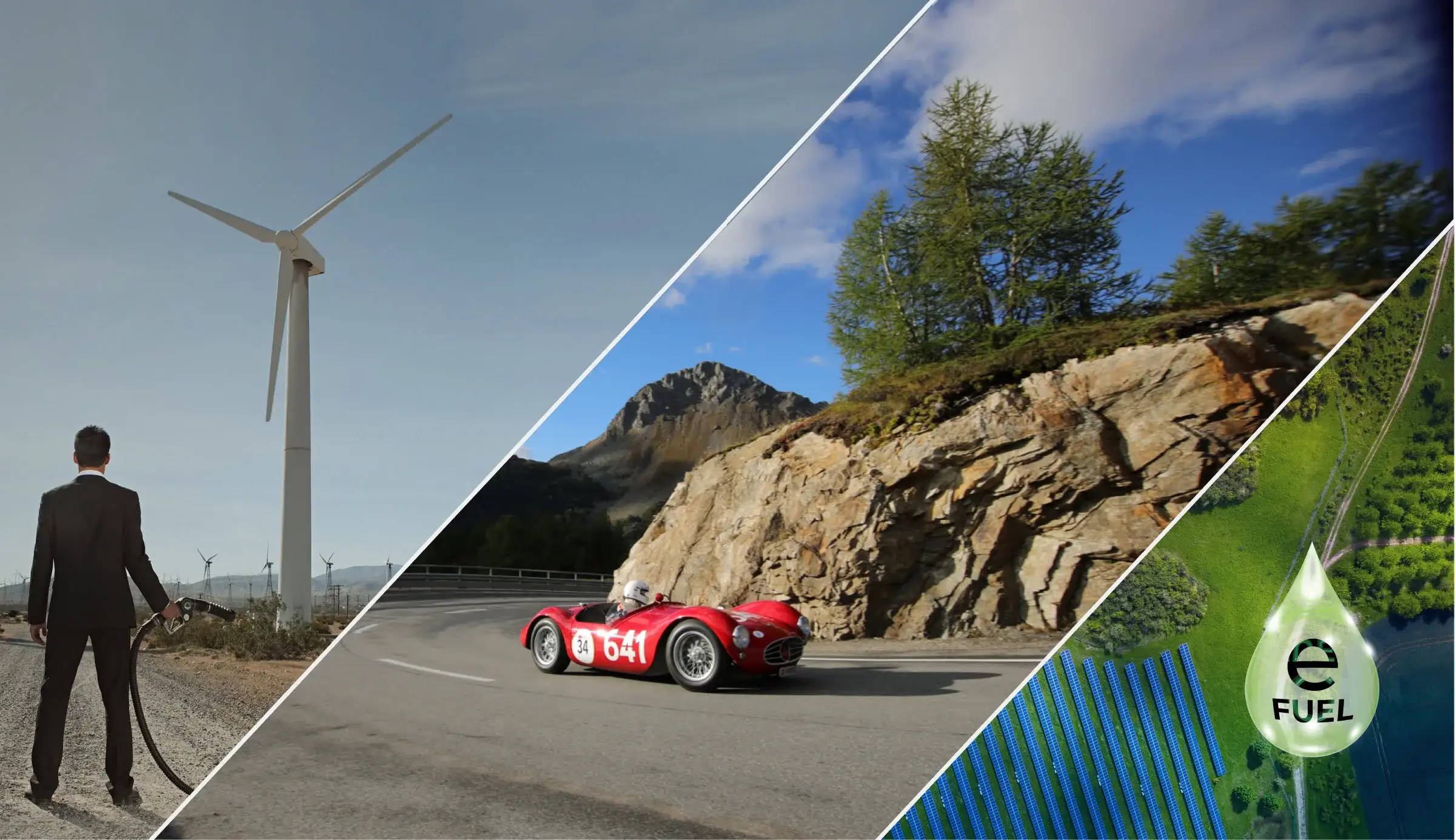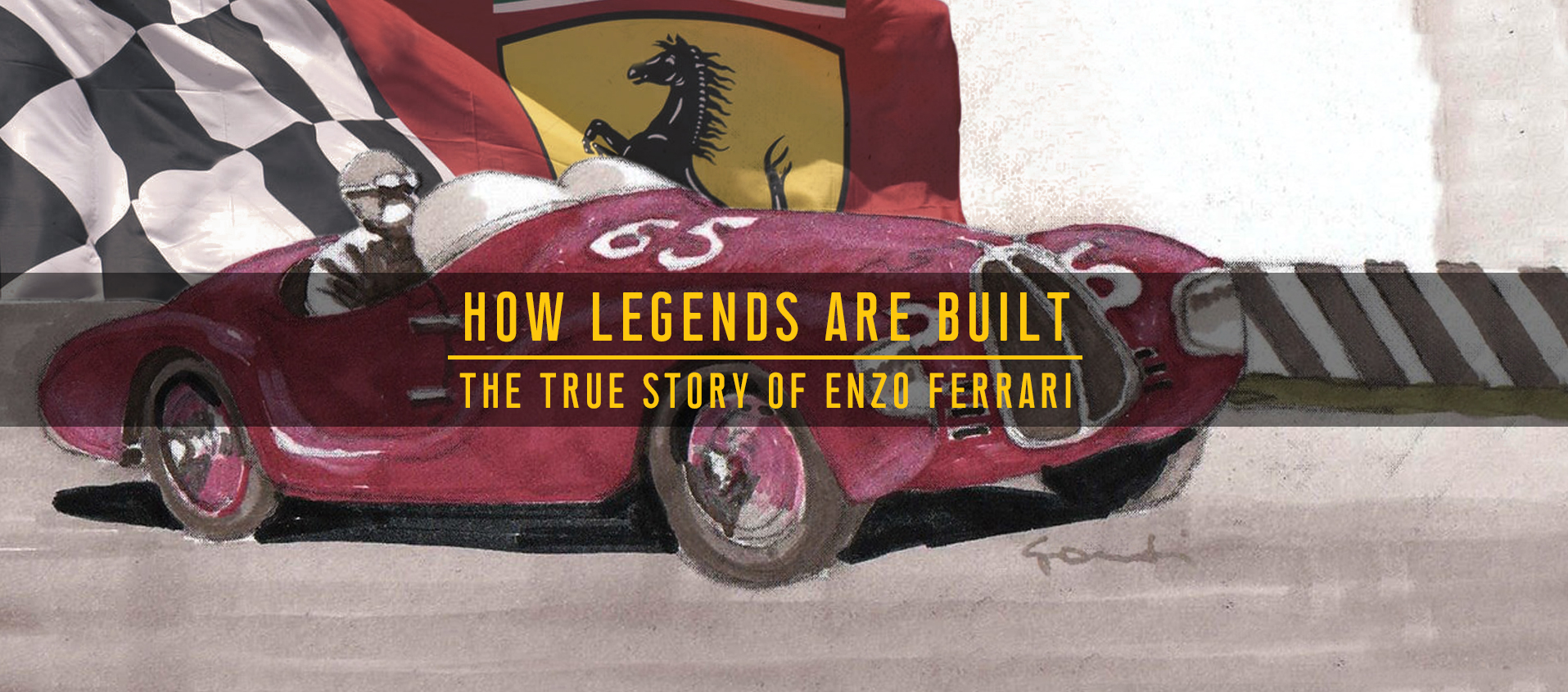eFuels Give Classic Cars a Future
14 May 2023 5 min read 20 images

A complete ban on combustion engines within the EU after 2023 is off the table after tough disputes between Brussels and Berlin. As an alternative to the exclusive electrification of individual transport, eFuels can thus be used in combustion engines - provided the fuel is produced in a climate-neutral way. This is good news for classic cars: the engines of automotive icons from the 20th century can be operated with eFuel without restrictions. In this dossier, we present the opportunities that eFuels open up for classic cars.
Register to unlock this article
Signing up is free and gives you access to hundreds of articles and additional benefits. See what’s included in your free membership. See what's included in your free membership.
Already have an account? Log In


